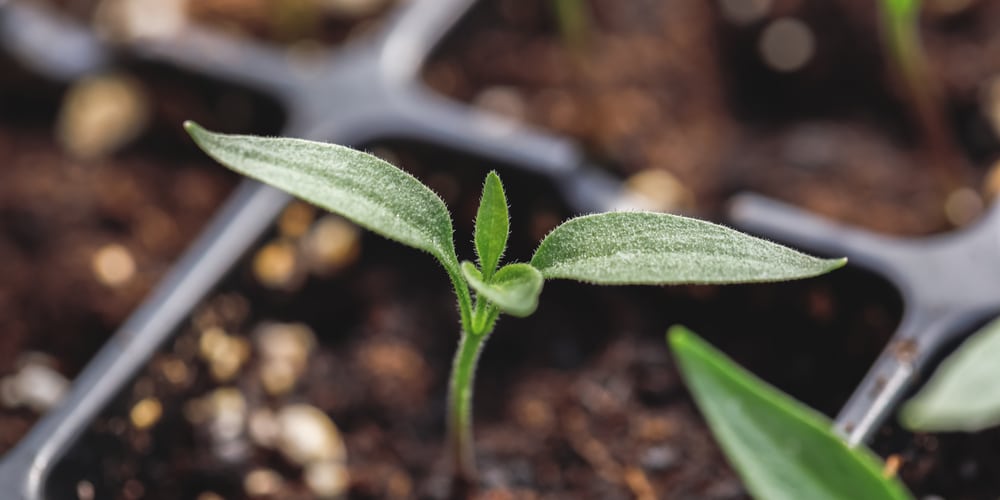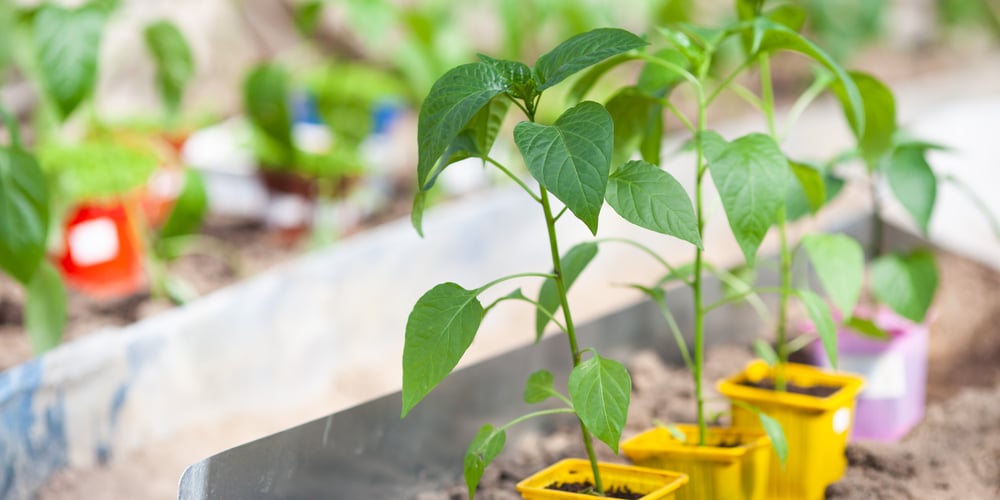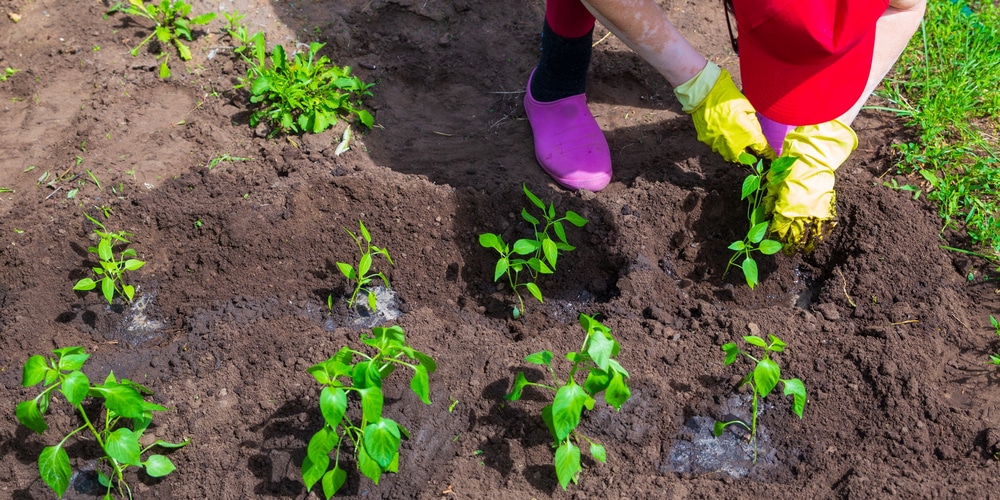Peppers are heat-loving plants that should be started early in indoor pots to help gardeners get ahead of time because they take more time to mature. If you find it hard to start peppers indoors, you can simply wait until the spring planting time and buy ready seedlings to transplant directly to the farm. Therefore, if you wish to be a successful pepper gardener, you will need some knowledge of pepper transplanting.
The most important aspect of pepper transplanting is timing. Considering that peppers require more sunlight while growing, you need to be nearly perfect with timing to ensure the peppers get enough sunlight. This article outlines a step-by-step guide on transplanting seedlings and the right time to do so.
When to transplant pepper seedlings

Peppers are usually started indoors 8-10 weeks before the last frost. They are then transplanted to the ground a few weeks after the frost when the soil is relatively warm. Before moving to the soil, peppers should be first transplanted to larger pots. This is basically done after the appearance of the first two leaves. Old seeds take about four or five weeks before germinating and producing the first leaves, while newer seeds germinate within three to seven days.
To move seedlings from small to larger pots should be based on the appearance of the first leaves. Transplanting pepper seedlings into larger pots is important because they usually develop faster after the first two leaves and need more growing space. Two weeks after the last frost, you can now transplant the seedlings into the tilled soil for them to mature and produce. Peppers take about 12 weeks indoors before being transplanted.
Transplanting peppers
Whenever you want to transplant pepper seedlings, here are a few steps for transplanting both indoors and outdoors
For indoor transplanting, follow these steps
1. water the seedlings
Add water to the small pots holding the seedlings before pulling them out to avoid tampering with the tender roots.
2. Moisten the new pots mix
Slowly add potting mix and water to the new pots until it gets to the desired level. The new soil should be damp but not fully saturated to ease the transplanting process.
3. Prepare the new pots and label them
Add the new potting mix in the larger container up to ¾ height and make a sizeable hole where you will easily put the seedling without affecting its roots at the center of the pot. Label the new pot for easy identification
4. Remove the seedling from the old container
Turn the container holding the seedling upside down and gently squeeze the lower part to remove the seedling with the holding soil. You can also move a flat spoon handle around the edges of the pot and carefully pull the container.
5. Place the seedlings into the new pot and add water
Place the seedling in the hole you had earlier prepared at the center of the new pot and add some soil to level up the small spaces and help the plant make good contact with the new soil. Carefully add water to the pots without dropping the water on the stems or young leaves to help reduce transplant shock and avoid root rot.
Transplanting Peppers Outside
Once the pepper seedlings are ready for outdoor transplant, you will first need to check if the outdoor conditions are favorable. The soil should be free from the dangers of frost, and the nighttime temperature should be above 13 degrees celsius. Harden the plants by slightly introducing them to the outside conditions before you start transplanting. Here are the steps for transplanting outside
1. Prepare the outdoor container
Gradually fill the outdoor container with potting mix and water to make the mix damp. Keep filling the pot and leave just about 2 inches of space at the top.
2. Add fertilizer
Enhance the soil by adding fertilizer to help supply adequate nutrients to the plant as it grows. Make a hole at the center of the pot and add some manure or compost if you are in a position to find some.
3. Plant the pepper seedlings
Carefully remove the pepper seedlings indoors and place them in the outdoor pot hole you had already prepared. Add pot mix to level the open space and help the seedling be firm.
4. Water the new plants
Water the plants to help them easily adjust to the new environment. Afterward, keep watering at the prescribed intervals to ensure the plants do not dry out.
When To Transplant Pepper Seedlings: Conclusion
Peppers take relatively longer to grow, and that is why gardeners start their pepper seedlings indoors for about three months before the planting time. When it’s planting time, gardeners transplant the seedlings outside and give them adequate care to ensure they mature and produce. Hopefully, this article will help you as you seek to determine the right pepper transplanting time and how to do it.
Related Article: When to Top Pepper Plants?

